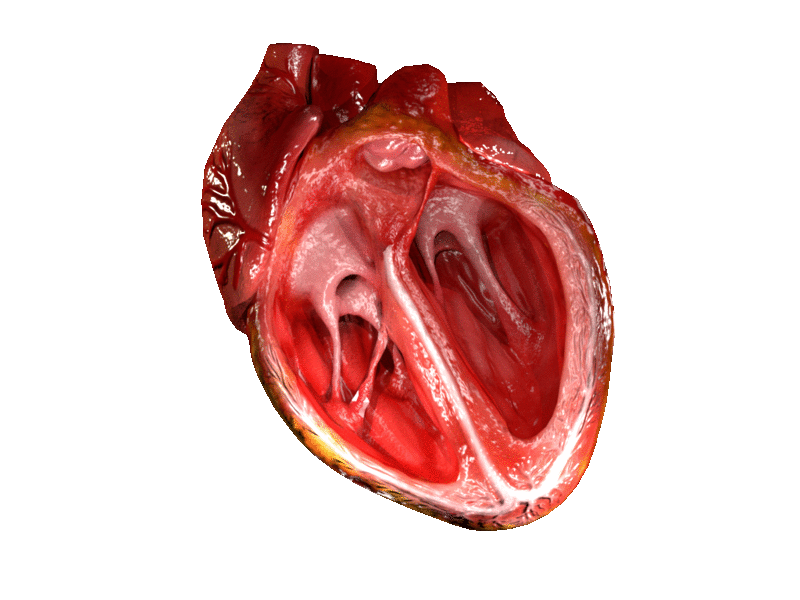Note that your final mark will not be saved in the system.
1.1.d. The structure and function of the cardiovascular system Typeit
Type the correct answers into the spaces. Fill all the spaces before clicking ‘Check Answers!’

It is useful for an athlete to be able to monitor the health and effectiveness of their heart. To do so, several measurements of the heart can be made; these are: heart rate, stroke volume and cardiac output. You will need to know how to measure or calculate each of these. Let's explore these further below.
- Heart rate – the number of times the heart per
- Stroke volume – the of blood ejected from the per
- Cardiac output – the volume of blood ejected from the per
This can be summarised with the following equation:
- = × stroke volume
During exercise, these values change in order to meet the demands of exercise. Heart rate linearly with exercise intensity. Increasing heart rate also increases the cardiac output as the heart is pumping more blood per . Stroke volume also increases as the heart is working harder to pump out more blood per .
Major blood vessels connect the heart with the lungs to oxygenate blood. blood cells are responsible for transporting the oxygen in the blood to the working muscles for use in respiration. The movement of blood between the heart and the lungs (pulmonary circulation) and the heart and the rest of the body (systemic circulation) is known as the system.